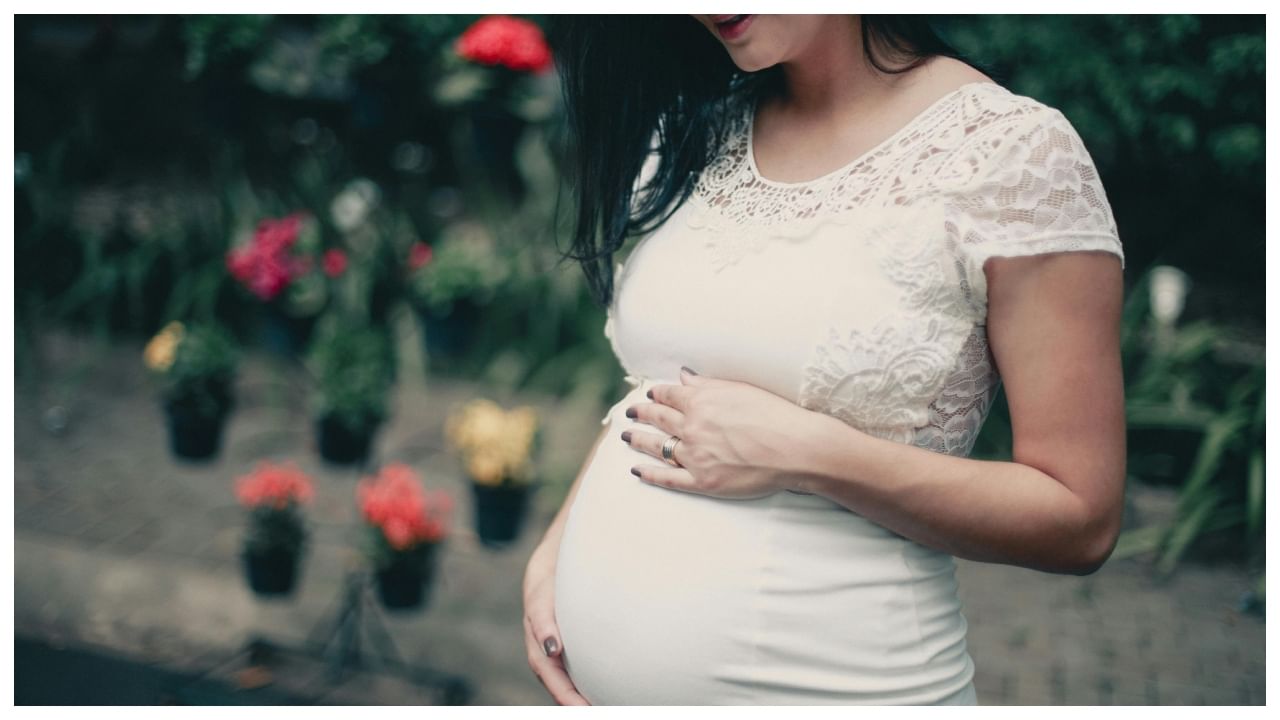New Delhi: Breast masses in pregnancy are very frequent and usually a result of physiological alterations because of the changing levels of hormones. Yet one should know that extremely infrequently, such masses may also result from a very rare but aggressive form of breast cancer known as a pregnancy-associated breast cancer (PABC). Definitely, all breast cancer diagnosed during or within 1 year postpartum is a PABC.
In an interaction with News9Live, Dr. Ashutosh Kothari, Director – Breast Cancer, Oncoplastic & Reconstructive Surgery, Sir H. N. Reliance Foundation Hospital, explained why breast lumps during pregnancy must not be overlooked.
When pregnant, circulating female hormones such as oestrogen and progesterone make the breast tissue grow in preparation for making milk or lactation. Changes are quite quick and may cause harmless or benign lumps, such as cysts or fibroadenomas, to enlarge. During breastfeeding, you can have benign milk cysts known as galactoceles, small zones, or benign lactational adenomas that develop in the breast. Thanks to the physiological changes in the background, lumps are always easier to identify outside of pregnancy and lactation. PABC is responsible for 3% of breast cancers, which occur in 1 in 3000 pregnancies, and generally happens to women aged 32-40.
The distressing lumps are hard to feel in texture, are typically painless, develop rapidly, are typically one-sided only in the breast, and may be accompanied by swollen axillary glands. They could have signs of inflammation or redness, breast skin thickening, and breast swelling. It is a myth that it is possible to have a mammogram or breast ultrasound when pregnant or breastfeeding. A biopsy is also fairly safe, as long as it’s performed by specialists and is the only means of confirming an unequivocal diagnosis.
The important message is that while the vast majority of lumps in pregnancy are likely to be benign, PABC is a very aggressive type of breast cancer that can be cured during pregnancy if caught early on. It is thus sensible at this stage that young women are breast aware and report all and any lump that is different in shape or texture from the rest of the breast tissue to a specialist one-stop breast clinic.
What are the causes of breast lumps during pregnancy?
Dr. Namita Pandey, Breast Oncoplastic Surgeon, Dr L H Hiranandani Hospital, Powai, Mumbai, listed some concerning causes.
During and post-pregnancy, the breasts experience various hormonal and structural alterations. This can lead to several types of breast lumps. The good thing is that the majority of pre- & post-pregnancy lumps are benign. The usual causes are:
- Blocked milk ducts (clogged ducts): hard, sore lumps that get better after feeding or expressing milk.
- Galactocele: a cyst filled with milk that may occur after weaning; smooth, mobile, and painless.
- Abscess or mastitis: infection of breast tissue; the lump might be sore, warm, red, and also associated with fever.
- Fibroadenoma or fibrocystic changes: noncancerous lumps that are affected by hormonal changes.
While most lumps after pregnancy are noncancerous, breast cancer can develop during pregnancy or in the first year following childbirth — it’s known as pregnancy-associated breast cancer (PABC). It accounts for almost 0.7% of total breast cancer cases. PABC is uncommon in India, but it’s on the rise, with issues ranging from delayed diagnosis because of similar symptoms with changes in pregnancy, its aggressive tumor behavior, and scarce clinical data. More and more women are postponing their pregnancy for personal or career reasons, which could have resulted in a higher incidence and reporting of PABC. Also, poor awareness of cancer, fewer experts, and resources result in delayed diagnosis. The treating Obstetrician should get an Ultrasonography of the breasts done in case of any suspicious lumps, rather than considering it to be just one of the pregnancy-related breast changes. Treatment requires a multidisciplinary approach and is complicated by the need to consider both the mother and foetus, often leading to treatment decisions based on the pregnancy stage.
You should see a doctor promptly if:
- The lump persists after 1–2 weeks (despite nursing, pumping, or antibiotic therapy).
- It is hard, irregular, or is attached to more profound tissue.
- There is skin dimpling, retraction of the nipple, bloody nipple discharge, or chronic redness/swelling.
- There is armpit swelling (suspected lymph node involvement).
